Yale Cancer Center (YCC) researchers at Yale School of Medicine will present new research at the 47th annual San Antonio Breast Cancer Symposium (SABCS) at the Henry B. Gonzalez Convention Center from December 10 to 13.
Tag: Diagnosis
Study: Coronary Function Testing Improves Diagnosis of Heart Disease in Women
A Yale School of Medicine team finds that women who underwent a common procedure called coronary angiography (CA) were more likely to receive an accurate diagnosis with the use of coronary function testing (CFT), in a recent study published in the Journal…
99 Problems but They’re All Causally Related: Multiple Independent, Symptomatic Conditions are Rarely Diagnosed
Doctors must balance trying to find one diagnosis that explains all of a patient’s symptoms, and acknowledging that multiple conditions can co-occur. The authors sought to better understand multiple diagnoses by reviewing case reports. Multiple diagnoses usually involved cases in…
Bridging the chasm between technology and clinicians
While the use of artificial intelligence (AI) for medical diagnosis is growing, new research by the University of Adelaide has found there are still major hurdles to cover when compared to a clinician. In a paper published in The Lancet Digital Health, Australian Institute for Machine Learning PhD student Lana Tikhomirov, Professor Carolyn Semmler and team from the University of Adelaide, have drawn on external research to investigate what’s known as the ‘AI chasm’.
“Long COVID” continues to evade diagnosis
Of 25 routine clinical lab tests, not one can aid in diagnosing post-acute sequelae of SARS-CoV-2
Outcomes in developmental and epileptic encephalopathies: Managing more than seizures – Dr. Scott Demarest
Besides seizures, people with developmental and epileptic encephalopathies can experience a wide variety of symptoms, including sleep problems, vision problems, and behavioral issues. Dr. Scott Demarest discusses how neurologists may be able to address some of these issues, potentially improving outcomes and quality of life.
Video and Transcript Available – FDA Changes to Laboratory Developed Test Regulation: Livestreamed Expert Panel
Live from the annual conference of the Association for Diagnostics & Laboratory Medicine (ADLM, formerly AACC), experts will discuss how the new FDA rule on laboratory developed tests will hinder patient care. This rule will place these tests under duplicative FDA oversight, even though laboratory developed tests are already regulated by the Centers for Medicare & Medicaid Services. This will force many labs to stop performing these essential tests, which play a critical role in diagnosing rare disorders, such as inherited genetic conditions in newborns.
Yale surgeon available to discuss AI diagnosis of Marfan Syndrome from facial photographs
In a recent study, researchers at Yale School of Medicine showed that artificial intelligence can diagnose Marfan Syndrome from a simple facial photograph at 98.5% overall accuracy. The genetic disorder usually results in a tall, thin frame, and can also…
Decoding Early Lyme Disease
A Rutgers Health physician-scientist publishes guidance for primary care doctors diagnosing and treating early Lyme disease, a bacterial infection
Specialist scanning needed to help endo patients
A review of existing research shows there is a growing benefit to using specialist scanning to diagnose endometriosis. Endometriosis affects 1 in 9 women and those assigned female at birth. However, it takes 6.4 years to diagnose using the conventional standard of surgical laparoscopy.
Epidemiology, symptomatology, diagnosis and clinical implications of cystic tumors of atrioventricular node (CTAVN): A systematic review
Background: Primary cardiac tumors have an incidence of 0.0017% to 0.03% of all autopsies. CTAVN is a rare tumor associated with sudden cardiac death, and its incidence cannot be accurately determined as the diagnosis has been historically made on incidental or…
Coping in the aftermath of a cancer diagnosis
Receiving a cancer diagnosis can be one of the most stressful, pivotal moments in an individual’s life. With May being Mental Health Awareness Month, Fred Hutch social psychologist and researcher Megan J. Shen, PhD, shares tips for coping with a cancer diagnosis and how patients and their caregivers can navigate appointments with their oncologists.
Machine learning tool identifies rare, undiagnosed immune disorders through patients’ electronic health records
Researchers say a machine learning tool can identify many patients with rare, undiagnosed diseases years earlier, potentially improving outcomes and reducing cost and morbidity. The findings, led by researchers at UCLA Health, are described in Science Translational Medicine.
Signs of Multiple Sclerosis Show Up in Blood Years Before Symptoms
In a discovery that could hasten treatment for patients with multiple sclerosis (MS), UC San Francisco scientists have discovered a harbinger in the blood of some people who later went on to develop the disease.
Does AI Help or Hurt Human Radiologists’ Performance? It Depends on the Doctor
Study shows AI improves performance for some radiologists but worsens it for others.
Understanding who might benefit from AI and who would not is critical for designing tools that boost human performance.
Residents of Rural ‘Glades’ Take a ‘Leap of Faith’ to Combat Dementia
Compared to urban dwellers, racially/ethnically diverse older adults face up to an 80 percent greater risk of cognitive impairment in older age, and 2.5 times potentially preventable Alzheimer’s-related (ADRD) hospitalizations.
Type 2 diabetes diagnosis at age 30 can reduce life expectancy by up to 14 years
An individual diagnosed with type 2 diabetes at age 30 years could see their life expectancy fall by as much as 14 years, an international team of researchers has warned.
New Online Tool Available to Help Health Care Providers Identify a Hard to Diagnose Breast Cancer
A new diagnostic scoring system, developed by renowned breast cancer experts, is now available as an easy-to-use online tool through Susan G. Komen®, the world’s leading breast cancer organization. This tool will help health care providers recognize and effectively diagnose a rare and aggressive breast cancer, inflammatory breast cancer.
Merkel Cell Skin Cancer Expert Can Discuss Prevention and Diagnosis
On Friday, Jimmy Buffett passed away after fighting Merkel Cell Skin Cancer for four years. Merkel Cell Carcinoma is an aggressive form of skin cancer. While MCC is rare, cancer records indicate that more people are developing this skin cancer than…
How Good Is That AI-Penned Radiology Report?
New study identifies concerning gaps between how human radiologists score the accuracy of AI-generated radiology reports and how automated systems score them.
Micro-cognition biomarkers redefine ADHD subtypes
Symptom-based ADHD diagnoses may not align with a patient’s underlying neuropathy, making it harder to develop individualized treatment plans. In a new study, a team led by Yale School of Medicine’s Bruce Wexler, MD, identified four ADHD subgroups based on…
UniSA health students ahead when it comes to autism
UniSA’s allied health students will be the first in Australia to learn how to implement the National Guideline for the Assessment and Diagnosis of Autism Spectrum Disorders, as the University becomes the first hosting partner of Autism CRC’s tailored undergraduate eLearning lecture and activity.
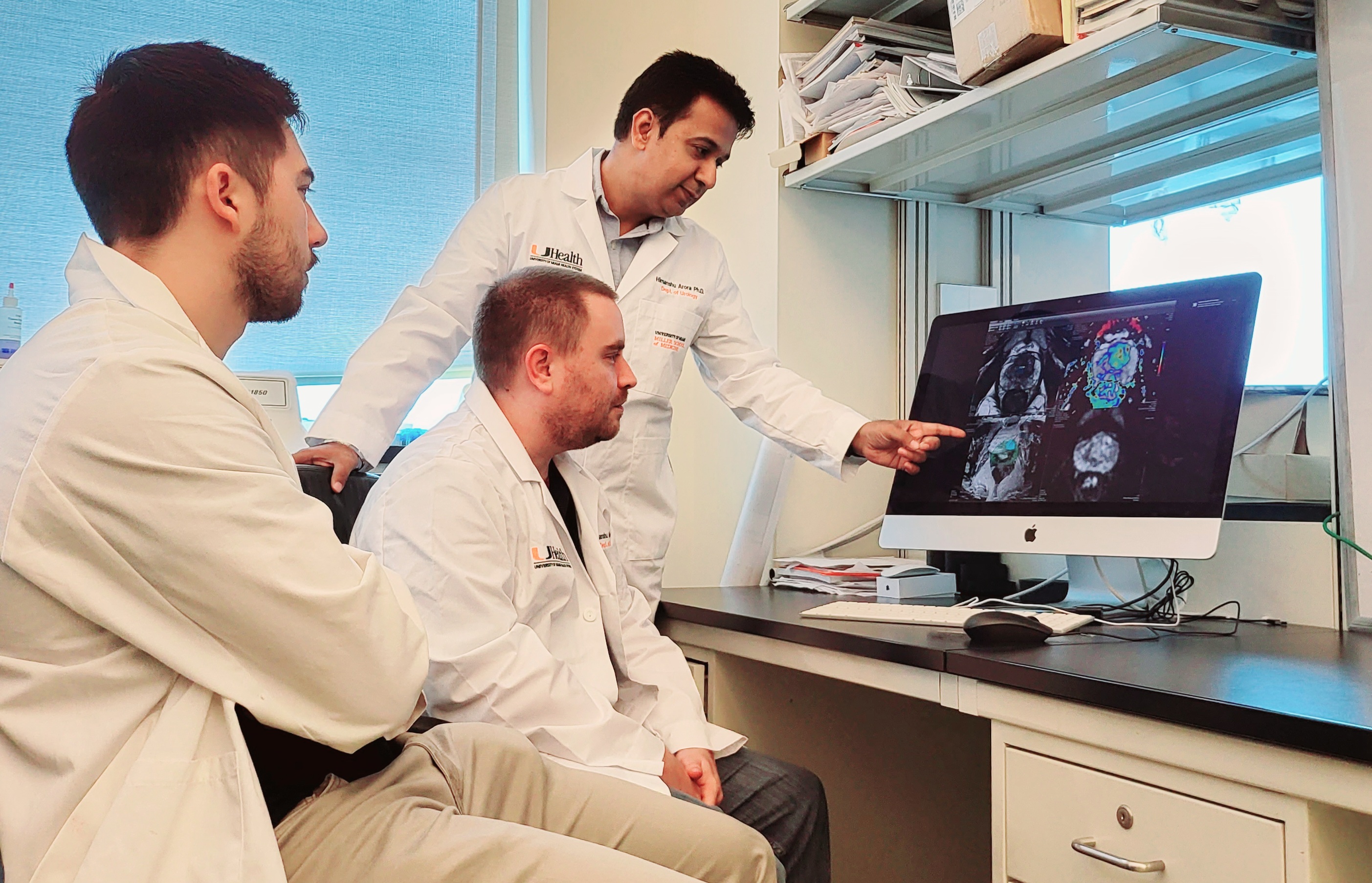
Scientists Pioneer Research to Harness Power of Machine Learning in Prostate Cancer Imaging
Researchers at Sylvester Comprehensive Cancer Center and the Desai Sethi Urology Institute are pioneering research to harness machine learning for the diagnosis and prognosis of prostate cancer, using magnetic resonance imaging (MRI).
Children at Risk for Autism Struggle to Notice Mismatched Audio and Video
Rutgers research that may eventually enable far earlier autism diagnoses shows that typically developing infants perceive audio-video synchrony better than high-risk for autism infants.
Improved Accuracy of Screening Tools for Fetal Alcohol Spectrum Disorder May Lead to Faster Diagnosis and More Timely Intervention
A new screening instrument has the potential to more accurately identify fetal alcohol spectrum disorder (FASD), reducing missed and erroneous diagnoses in affected children and facilitating treatment and support, a new study suggests. Prenatal alcohol exposure (PAE) is a known cause of birth and growth defects and neurobehavioral issues.
Point-of-Care Biosensor Rapidly Detects Oral Cancer
Since oral cancer occurs in one of the most accessible sites in the body, it can be easily treated if detected promptly. In Journal of Vacuum Science & Technology B, researchers report a breakthrough hand-held biosensor that enables quick and accurate detection of oral cancer. The group’s biosensor consists of a sensor strip, similar to a glucose strip, and a circuit board (a hand-held terminal like a glucometer) for detection.

Machine Learning Diagnoses Pneumonia by Listening to Coughs #ASA183
Researchers have developed a machine learning algorithm to identify cough sounds and determine whether the subject is suffering from pneumonia. Because every room and recording device is different, they augmented their recordings with room impulse responses, which measure how the acoustics of a space react to different sound frequencies. By combining this data with the recorded cough sounds, the algorithm can work in any environment.
New Low-cost Device Rapidly, Accurately Detects Hepatitis C Infection
The entire virus detection process is executed inside a uniquely designed, portable, inexpensive, disposable, and self-driven microfluidic chip. The fully automated sample-in–answer-out molecular diagnostic set-up rapidly detects Hepatitis C virus in about 45 minutes and uses relatively inexpensive and reusable equipment costing about $50 for sample processing and disease detection. The disposable microfluidic chip also offers shorter times for a reliable diagnosis and costs about $2.
Rapid, reliable test for COVID and other infections, created by McMaster researchers, moves toward marketplace
McMaster University researchers behind a new form of rapid, accurate and portable diagnostic test are moving their work toward the marketplace.
Optical Techniques Offer Fast, Efficient COVID-19 Detection
Without the prospect of herd immunity on the immediate horizon, speedy detection for COVID-19 remains imperative for helping to curb the pandemic. Point-of-care testing that can provide immediate results is an urgent need. Researchers investigated the opportunities and challenges in developing rapid COVID-19 sensing techniques and discuss the prospects of optical biosensors for point-of-care COVID-19 testing in the journal Applied Physics Reviews.
Update: Reassessing Inclusion of Race in Diagnosing Kidney Diseases
The National Kidney Foundation (NKF) and the American Society of Nephrology (ASN) congratulate the NKF-ASN Task Force on Reassessing the Inclusion of Race in Diagnosing Kidney Diseases for submitting its final report for publication.
Physicians are likelier to test for a particular condition if recent patients they saw were diagnosed with the same thing
Emergency department physicians who saw patients with a pulmonary embolism—a blood clot in the lung—were about 15% likelier over the next 10 days to test subsequent patients for the same thing.
No lab required: New technology can diagnose infections in minutes
Engineering, biochemistry and medical researchers from McMaster University have created a hand-held rapid test for bacterial infections that can produce accurate, reliable results in less than an hour, eliminating the need to send samples to a lab.
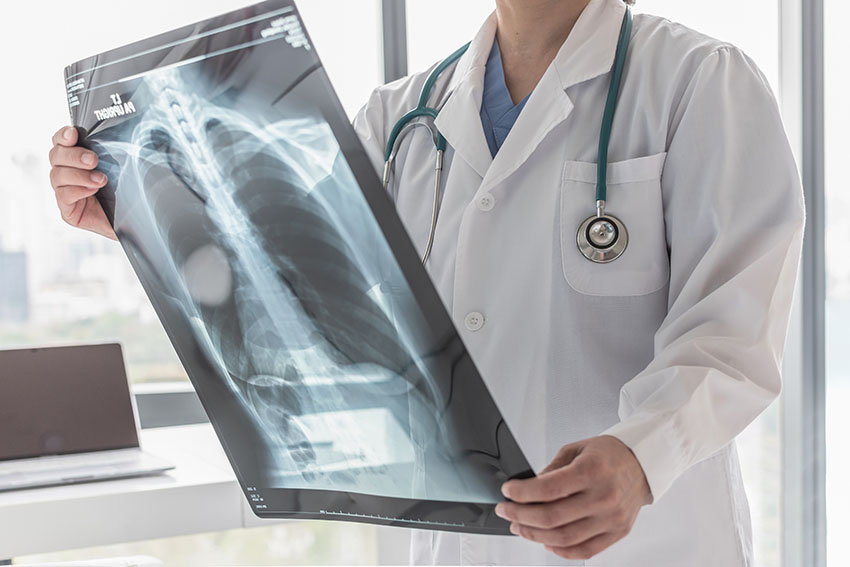
Study Identifies Concerning Delays in TB Diagnoses in the United States
Most delays ranged between 10 and 45 days, with a median of 24 days, after a visit to a doctor, which exceeds current World Health Organization recommendations of diagnosing and treating TB within two to three weeks of symptom onset
Delays were linked to greater risk for disease complications, transmission of infection to household members
Older individuals and those with compromised immunity were at greater risk for delayed diagnoses
Use of diagnostic molecular testing, use of chest imaging and being seen by a specialist were all linked to more prompt identification of TB infection, suggesting delays may be preventable
Findings underscore the need to increase awareness of TB among frontline clinicians who may not suspect TB due to rarity of infection in this country
UCLA seeks volunteers for study of COVID-19’s impact on health to support “longhaul” survivors
UCLA researchers are seeking participants for an innovative study examining the impact of COVID-19 on survivors who continue battling health issues long after they were infected and thought to have recovered, known informally as “long COVID” and “longhaulers.”
Rethinking Race and Kidney Function
Removing race from clinical tools that calculate kidney function could have both advantages and disadvantages for Black patients.
Newly diagnosed patients and those whose kidney disease is reclassified as more severe would have greater access to kidney specialists, faster access to the kidney-transplant waitlist.
On the flipside, patients reclassified as having more severe kidney disease may become ineligible for heart, diabetes, pain control and cancer medications or may be given lower doses for these drugs.
A new kidney function score would also increase the number of Black individuals ineligible to donate a kidney, potentially exacerbating organ shortages for Black people.
Researchers caution that clinicians and policy makers must anticipate both the benefits and downsides of changes to the current formula to ensure that Black patients are not disadvantaged, and
health disparities are not exacerbated.
Scientists say the analysis should motivate researchers and cl
Cord blood DNA can hold clues for early ASD diagnosis and intervention
Specific regions in cord blood DNA can help identify kids who might develop autism, a study led by UC Davis MIND Institute researchers. The findings may hold clues for early diagnosis and intervention.
Ultrasound Technique Offers More Precise, Quantified Assessments of Lung Health
Researchers have developed a technique that uses ultrasound to provide non-invasive assessments of pulmonary fibrosis and pulmonary edema. The technique has been shown to both quantify lung scarring and detect lung fluid in rats. A study on pulmonary edema in humans is under way.

Endometriosis: no cure, but diagnosis could avert surgery
Jasmin Teurlings is one of 176 million women worldwide who have endometriosis, a chronic, painful gynaecological condition that affects nearly three times as many women as breast cancer.

Clear Link Between Heart Disease and COVID-19, But Long-Term Implications Unknown, Researchers Find in Review of Published Studies
In a prospectus review published this week in the Journal of Molecular and Cellular Cardiology, Kirk U. Knowlton MD, from the Intermountain Healthcare Heart Institute in Salt Lake City, examined more than 100 published studies related to COVID-19 and its effects on the heart.
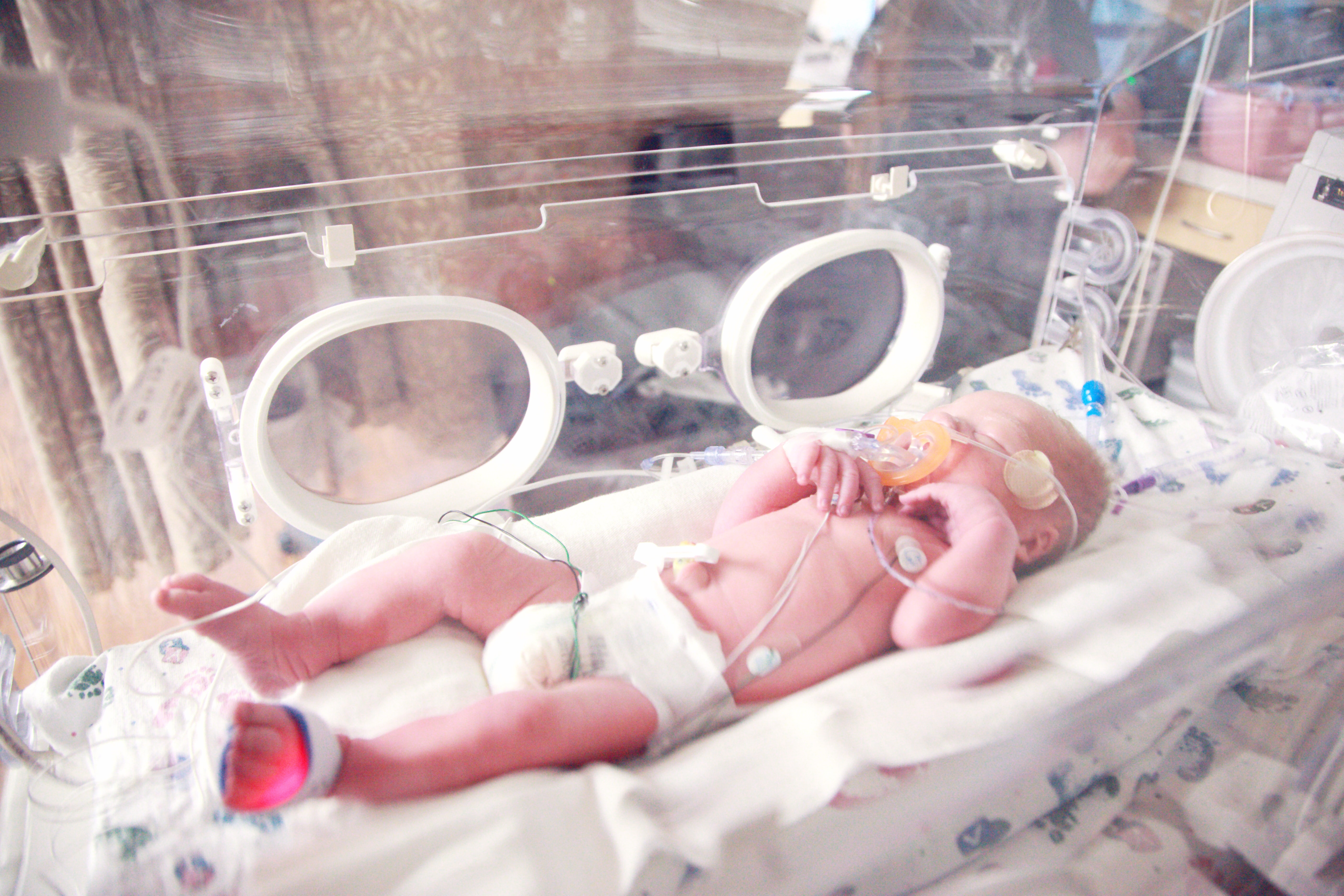
New Machine Learning Tool Predicts Devastating Intestinal Disease in Premature Infants
Researchers from Columbia Engineering and the University of Pittsburgh have developed a sensitive and specific early warning system for predicting necrotizing enterocolitis (NEC) in premature infants before the life-threatening intestinal disease occurs. The prototype predicts NEC accurately and early, using stool microbiome features combined with clinical and demographic information. “The lessons we’ve learned from our new technique could well translate to other genetic or proteomic datasets and inspire new machine learning algorithms for healthcare datasets.”

Doctors motivated by both health, malpractice concerns when ordering additional tests
A UCLA-led study has found that dermatopathologists, who specialize in diagnosing skin diseases at the microscopic level, are motivated both by patient safety concerns and by malpractice fears — often simultaneously — when ordering multiple tests and obtaining second opinions, with a higher proportion of these doctors reporting patient safety as a concern.
When ordering additional microscopic tests for patients, 90% of the dermatopathologists surveyed cited patient safety as a concern and 71% of them reported malpractice fears. Similarly, when obtaining second reviews from a consulting pathologist or recommending additional surgical sampling, 91% cited safety concerns and 78% malpractice concerns.
Researchers Identify Distinct Subtypes of Polycystic Ovary Syndrome With Novel Genetic Associations
Mount Sinai researchers have for the first time identified reproductive and metabolic subtypes of polycystic ovary syndrome (PCOS) that are associated with novel gene regions.

LLNL providing critical assistance in addressing national swab shortage for COVID-19 testing
To address the nationwide shortage of specialized nasal swabs used for COVID-19 diagnoses, Lawrence Livermore National Laboratory engineers formed an ad hoc, rapid response team that tested more than a dozen novel, 3D-printed swab designs from a grassroots coalition of commercial and academic partners. The mechanical tests performed at the Lab provided valuable feedback that improved the designs, enabling them to meet requirements for COVID-19 testing. The Lab’s work on swabs is continuing with funding from the U.S. Department of Energy (DOE) and expanding into other 3D-printed components for COVID-19 test kits.
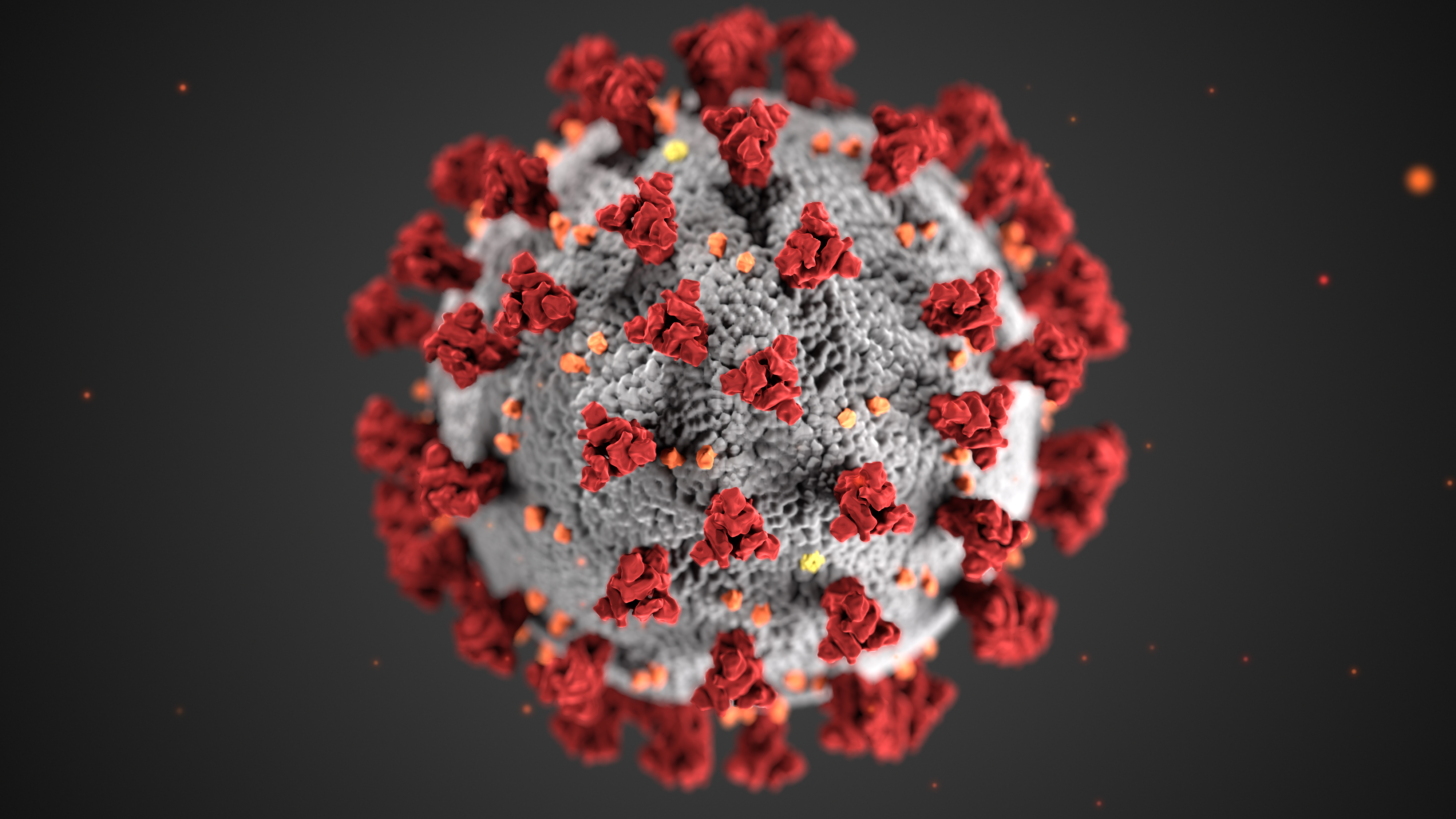
Rutgers Launches Genetic Testing Service for New Coronavirus
Rutgers’ RUCDR Infinite Biologics has launched a test for the SARS-CoV-2 coronavirus and is using its automation experience and infrastructure to test as many as tens of thousands of samples daily. RUCDR has also submitted an emergency use authorization request for a saliva collection method that will allow for broader population screening.
Guidelines for Thyroid Surgery Published in Annals of Surgery
The first set of comprehensive, evidence-based clinical guidelines for surgical treatment of thyroid disease – developed by an expert panel assembled by the American Association of Endocrine Surgeons (AAES) – was published today by Annals of Surgery. The journal is published in the Lippincott portfolio by Wolters Kluwer.
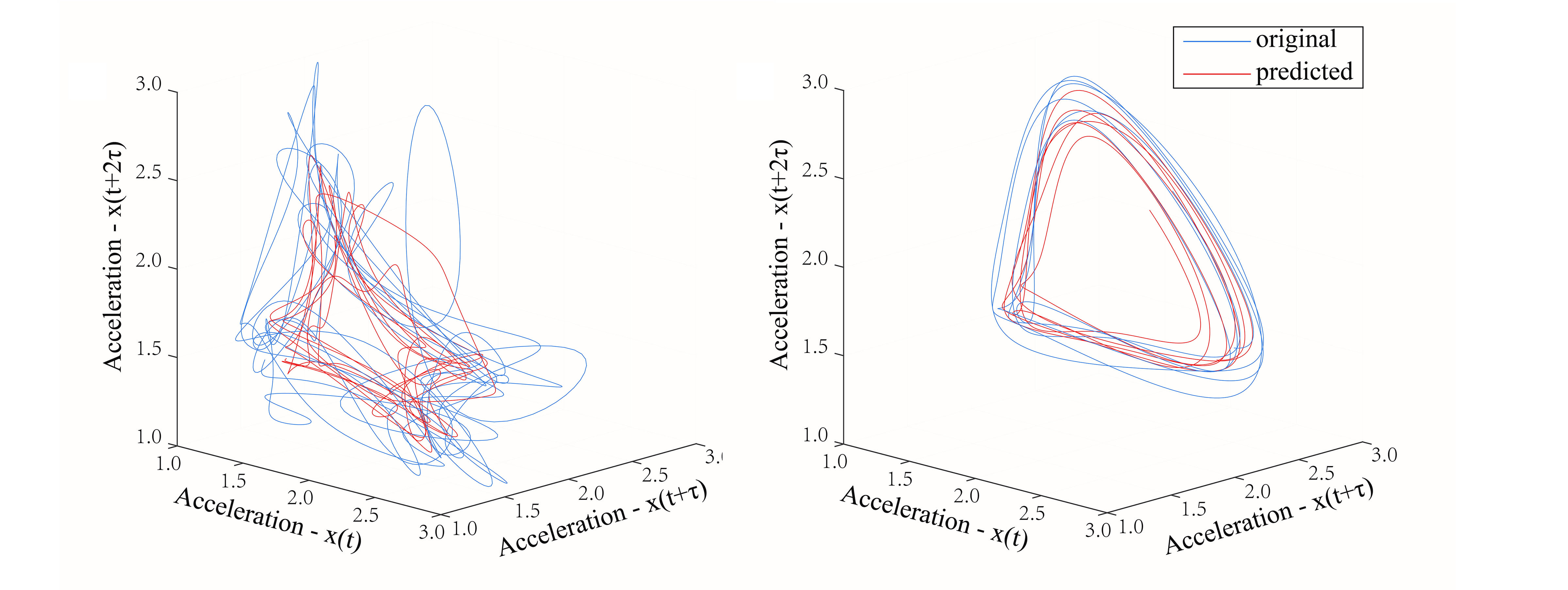
Duchenne Muscular Dystrophy Diagnosis Improved by Simple Accelerometers
Testing for Duchenne muscular dystrophy can require specialized equipment, invasive procedures and high expense, but measuring changes in muscle function and identifying compensatory walking gait could lead to earlier detection. This week in Chaos, researchers present a relative coupling coefficient, which can be used to quantify the factors involved in the human gait and more accurately screen for the disorder. They measured movements of different parts of the body in test subjects, viewing the body as a kinematic chain.
Genetic Breakthrough Identifies Heart Failure Risk in African and Latino Americans
Findings may inform genetic screening test for patients at risk and medically under-served

Tracking medications, finding tumors easier with new technique
A novel method produces a new class of radioactive tracers that are used for medical imaging. The method allows them to attach radioactive atoms to compounds that have previously been difficult or even impossible to label. The advance will make it easier to track medications in the body and identify tumors and other diseases.

Off a cliff, without a parachute:
First-line health professionals must vastly improve their communication and engagement with parents if they are to help address the growing prevalence of autism among children, say researchers from the University of South Australia.